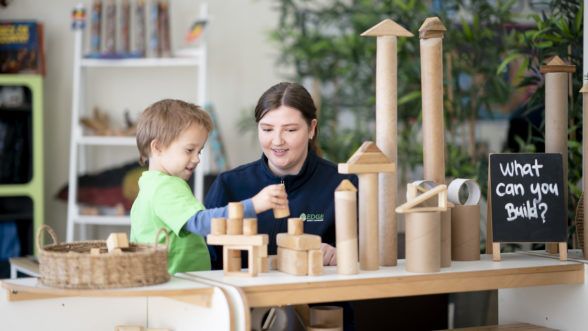
Uncategorised
Uncategorised
04 August, 2025

Put simply, a safe sleeping environment is one that is free from potential dangers. For infants, these dangers can include bulky bedding, blinds and curtains, electrical appliances, and overly soft surfaces (like a beanbag or waterbed).
Safe sleep is essential for your baby’s protection. While there is no guaranteed way to avoid Sudden Infant Death Syndrome (SIDS), following safe sleeping guidelines can significantly reduce the risk of unintended suffocation and strangulation and other sleep-related infant deaths.
Did you know that sleep-related deaths are one of the leading causes of death for children aged one month to one year? When babies under one die unexpectedly in their sleep, it’s often described as sudden unexpected death in infancy (SUDI).
In Australia, SUDI accounts for around 3 deaths for every 10,000 births.
Thankfully, as we mentioned earlier, following the recommendations for baby safe sleeping is the best way to reduce the risk of sleep-related death and injury. In Australia, the rate of SIDS deaths has declined thanks to safe sleeping campaigns.
According to the Nationwide Children’s Organisation, when it comes to safe sleeping for newborns, remember your ABCs.
The current Australian standards for cots stipulate that you should only use a firm mattress that fits snugly inside the cot, and you should not use cot bumpers, soft bedding or extra mattresses.
The bars or panels should be 50mm to 95mm apart, as bigger gaps can trap your baby’s head, arms or legs. The cot should also have a minimum depth of 600mm from the base of the mattress to the top of the cot, no more than 20mm’s gap between the mattress and cot sides and no spaces between 30mm and 50mm that could trap your child’s limbs.
And, of course, ensure the cot is positioned in a safe place with locking brakes secured.
Remember that a soft mattress can increase the risk of SIDS should your baby roll over onto its tummy, so never put soft bedding under the bottom sheet. You should also ensure any waterproof mattress protector (if you use one) is strong and fits tight.
There are a few other important dos and don’ts to keep in mind…
DO:
DON’T:
First and foremost, put your baby onto their back for all naps and sleeps. Babies who sleep on their backs are safer than those sleeping on their tummies or sides due to suffocation.
If you notice they have rolled onto their stomach, put them on their back again – however, if your baby is comfortable and competent rolling from front to back, you may not need to turn them yourself.
Dummies/pacifiers help to reduce the risk of SIDS, so try putting your baby to sleep with a dummy for all naps and at night-time. If they don’t want one, don’t worry – some babies simply don’t like them. The most important thing is to ensure you never hang a dummy from your child’s neck or clothes while they are sleeping.
As far as sleep clothes go, dress your infant in light clothing or a safe sleeping bag for babies. The general rule is for them to wear one layer more than you are wearing. Don’t use weighted blankets, sleepers, swaddles or other weighted objects on or near your baby.
Beyond the safe sleeping guidelines we have already mentioned, there are a few other things you should keep in mind to reduce the risk of sleep dangers. These include…
Avoiding any products that aren’t consistent with safe sleep recommendations or claim to reduce the risk of SIDS or other sleep-related infant deaths